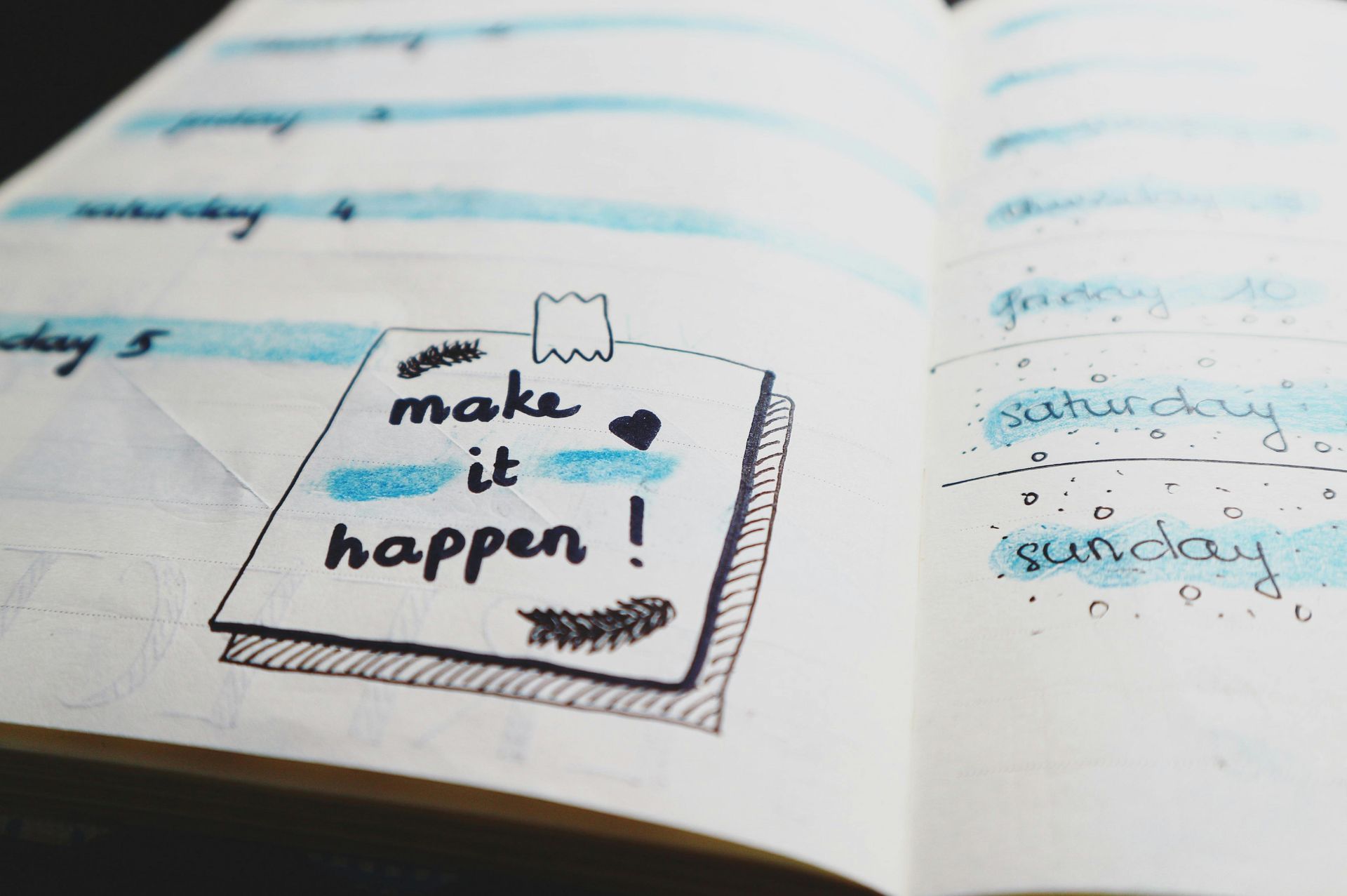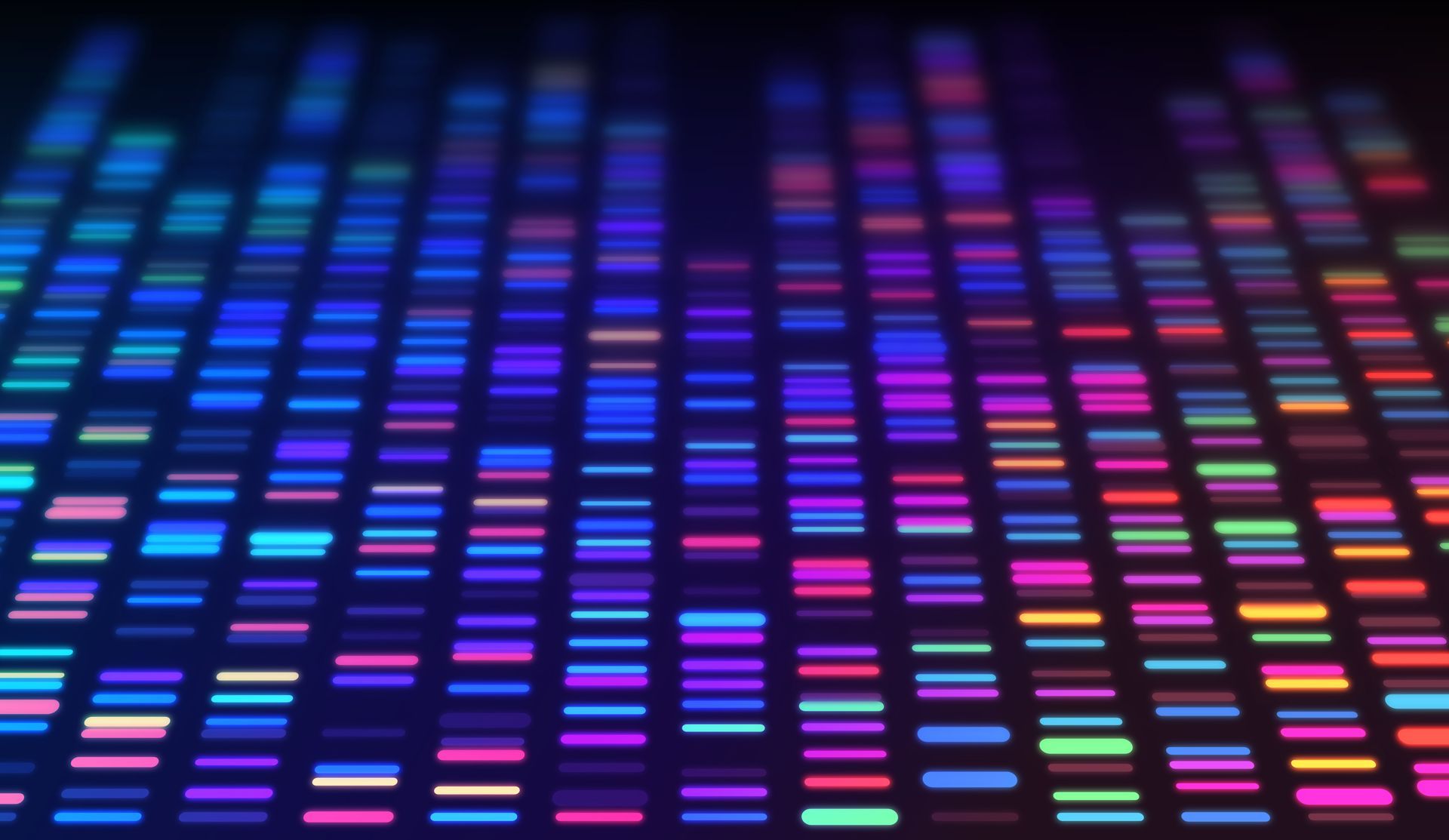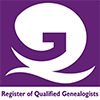Demystifying DNA 1: Introduction to DNA Testing
Originally posted 2nd June 2018, updated 30th September 2024.
DNA testing is becoming a more and more important part of genealogical research. It is estimated that around 38 million people have now been tested, over 25 million of those with AncestryDNA. Should you test and why? With so many tests available and so many companies to choose from it can be difficult to know where to start.
This is the first in a series of articles that starts at the beginning, demystifying all that is DNA testing in genealogy.
The Tests
There is more than one type of DNA, and the test you choose will depend on what you are using DNA to look for:
- Y-DNA testing
- mtDNA (mitochondrial DNA) testing
- autosomal DNA testing
- X-DNA testing (included with some autosomal tests, not a separate test)
- deep ancestry, ancestral regions or 'ethnicity' tests (included with some autosomal tests, not a separate test)
The Testing Companies
Some companies offer individual tests and some offer more than one type of data from a single test. The major testing companies are:
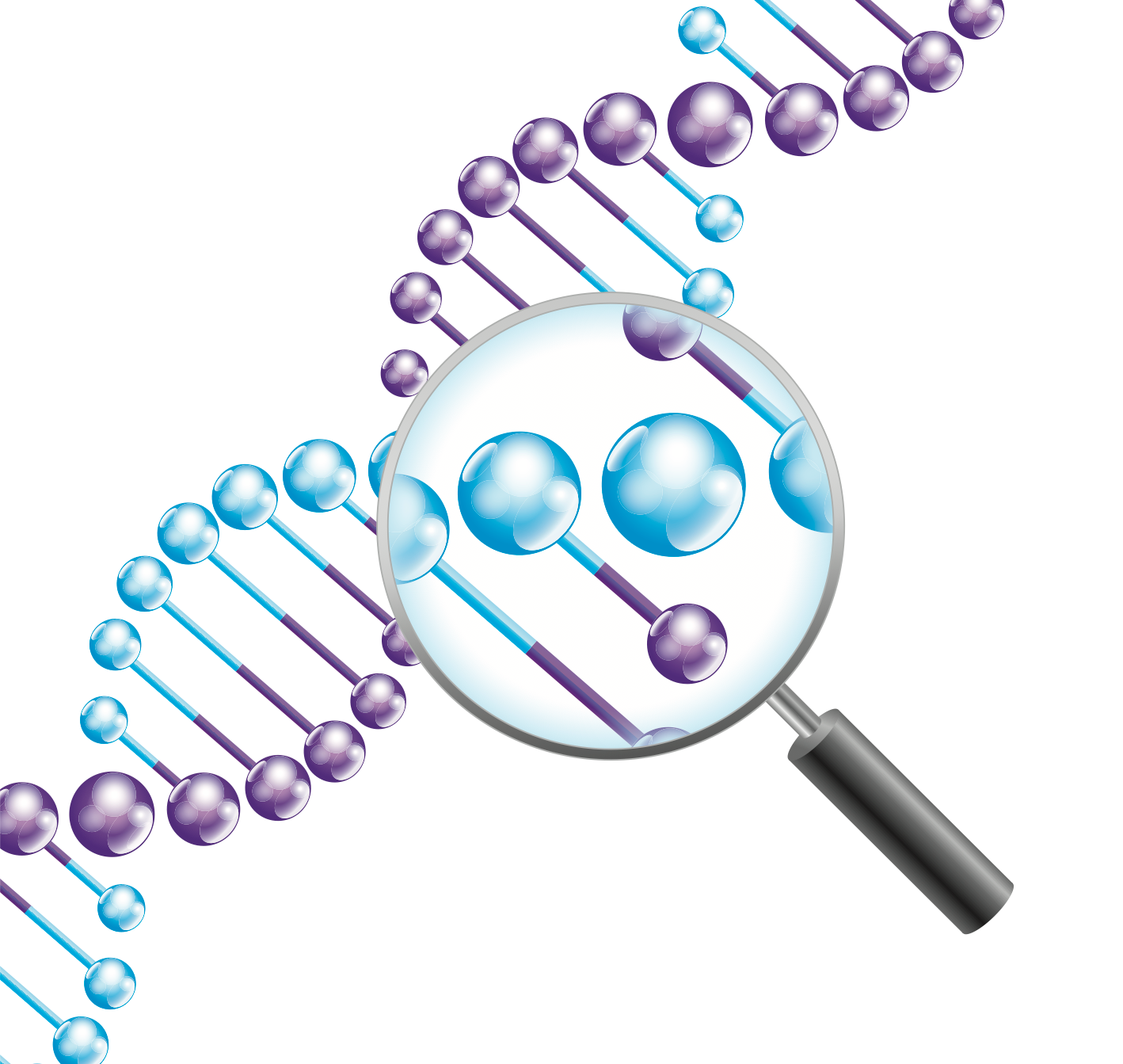
The "Sciencey" Bit
Before we get into the detail of what each type of DNA testing looks at and why you should choose a particular test, let’s start with the “sciencey bit”, keeping things simple.
DNA exists within almost every cell of the human body and contains long strings of nucleotides containing bases: adenine, cytosine, guanine and thymine, more commonly referred to as A, C, G and T. I am sure you are familiar with the double helix structure of DNA illustrated above. This is actually two DNA strands woven together, the interaction of the bases of one strand (blue circles) with the other (purple circles) forming the ladder like construction of base pairs, A always pairs with T and C always pairs with G.
Most of the tests we are interested in are concerned with the DNA within the nucleus of each cell. This DNA is packaged into chromosomes and the chromosomes are grouped in chromosome pairs of two similar, but not identical chromosomes. This relationship is illustrated, thus:

We have 22 pairs of chromosomes, known as autosomes, and a 23rd pair, the sex chromosomes. Females have two X chromosomes in this pair and males have one X chromosome and one Y chromosome. Chromosome pairs are shown below in an arrangement known as the human karyotype:
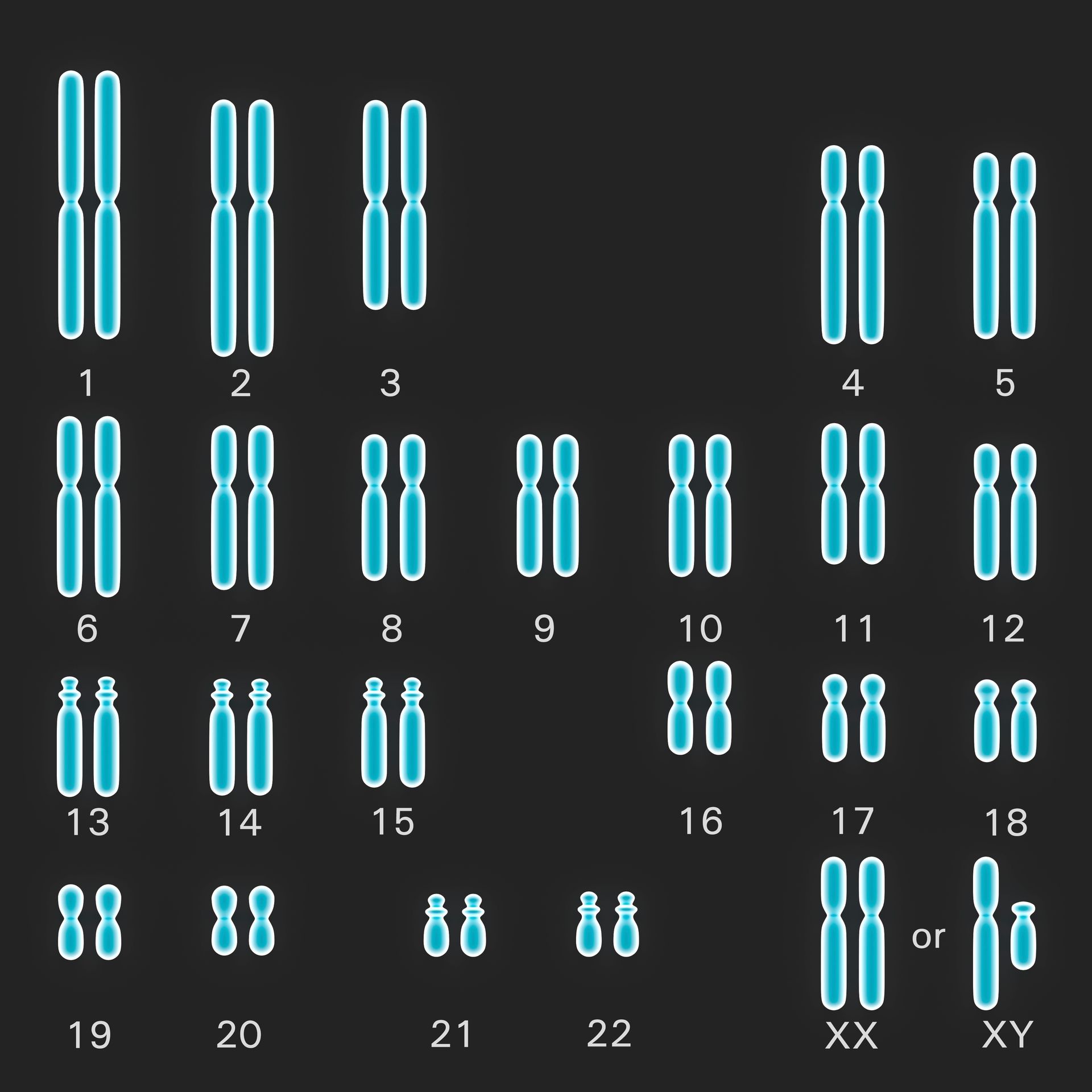
So already you can start to see where the Y-DNA, X-DNA and autosomal DNA tests come in.
The last type of DNA is a special case. Mitochondrial DNA is found within a different component of human cells: the mitochondria. It is not packaged into chromosomes but into a single ring of DNA.
Inheritance of DNA
In each case our DNA makes us unique. It is the ways in which the DNA varies from one individual to another and the ways in which it is passed down the generations that enable us to use DNA for genealogy research.
However, let’s not forget: human DNA is made up of around 3 billion base pairs and around 99.5% of those are the same in all of us – they are what makes us human. It’s only that 0.5% we are looking at when we talk about DNA testing in genealogy.
Which type of DNA test do you need?
We will talk about each type of testing in more detail in upcoming blog posts. In very general terms:
- Y-DNA is passed from father to son and is unchanged for many generations. It can be useful for surname projects and looking at ancient origins.
- mtDNA is passed from mother to all of her children (but is not passed on by her sons) and can be used to determine maternal ancestry, again unchanged for many generations. It is useful for identifying remains and looking at ancient origins.
- X-DNA is passed from parent to child but a daughter will receive X-DNA from father and mother, a son will only receive X-DNA from his mother. It can be useful to place autosomal matches in a particular part of your family tree.
- Autosomal DNA is passed from parent to child in varying combinations and can be used to assess close cousin relationships. It has mostly replaced Y-DNA and mtDNA for looking at living parent-child relationships now.
It’s easy to see why there is so much confusion about which test to take. Before deciding which test to take it is important to be clear in your mind what you are looking for, what is the question you want answered?
Next up
Subsequent blog posts cover each type of DNA test in detail. For ease of reference the links are here:
Demystifying DNA 2: Y-DNA tests
Demystifying DNA 3: mtDNA testing
Demystifying DNA 4: Autosomal DNA, Ancestry DNA and Family Finder tests
Remember
With all types of DNA testing, the DNA test is one source of information that can be used to aid genealogical research. You would not base a family tree on a single census record and in much the same way, DNA needs to be used in the context of known information and documentary research.



